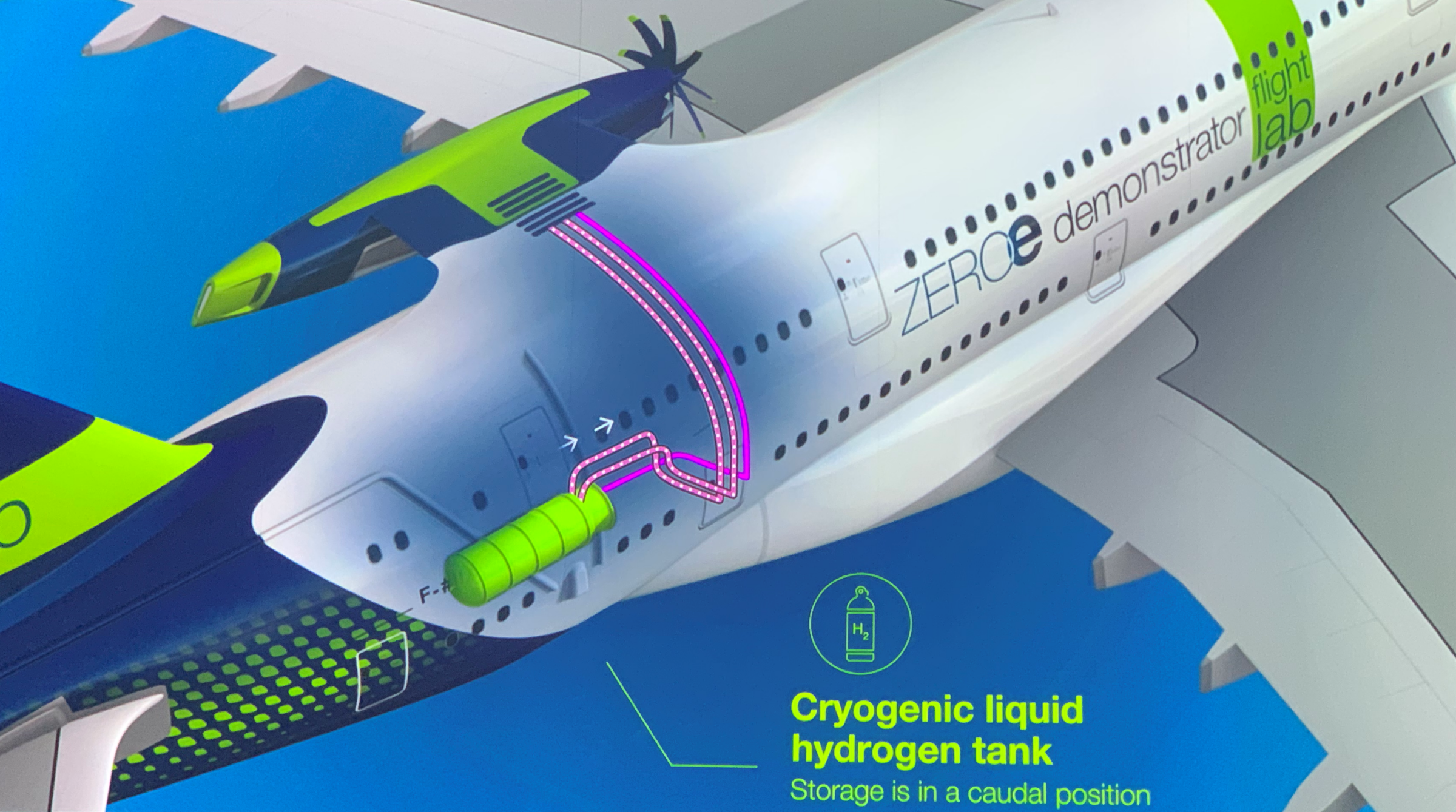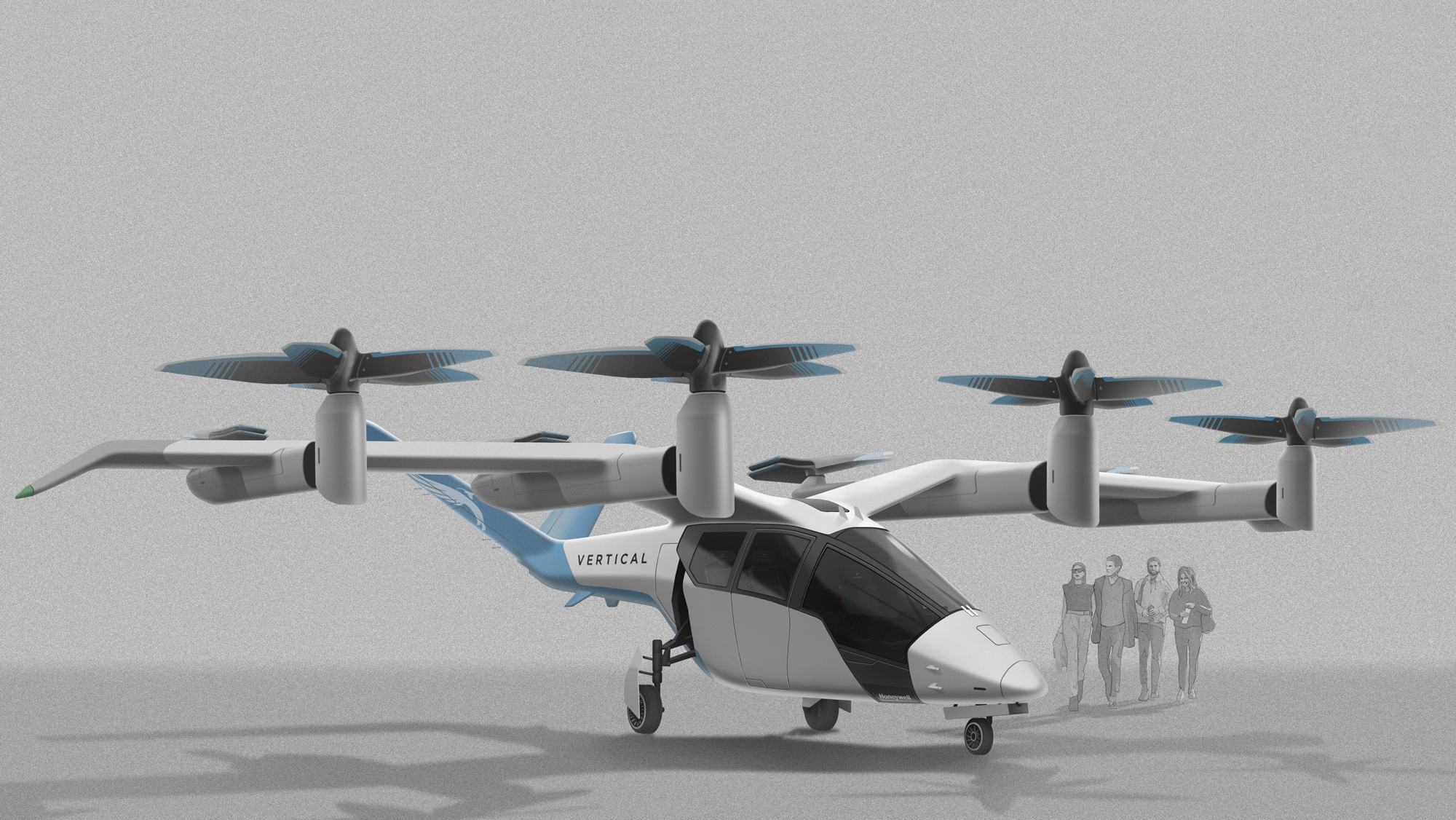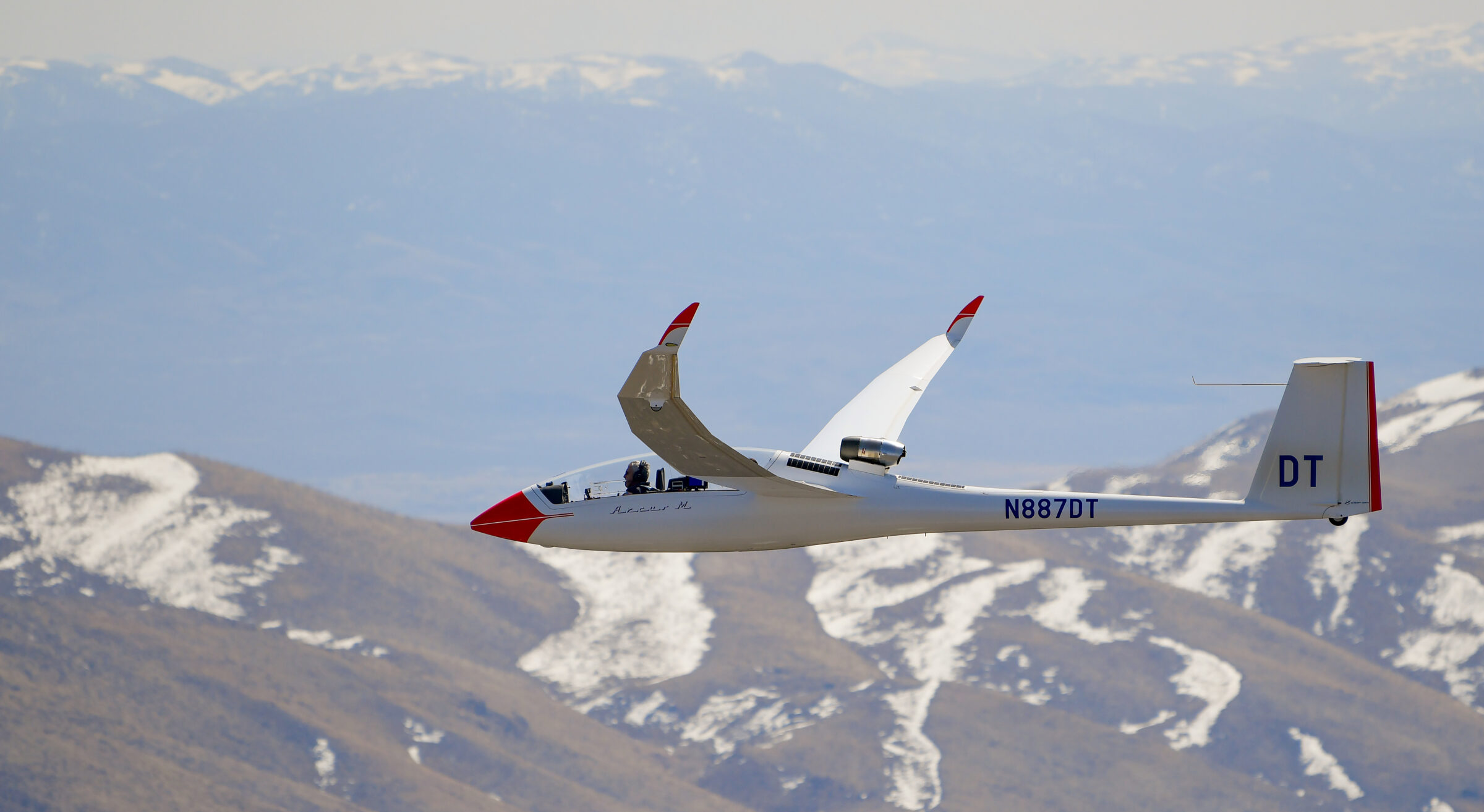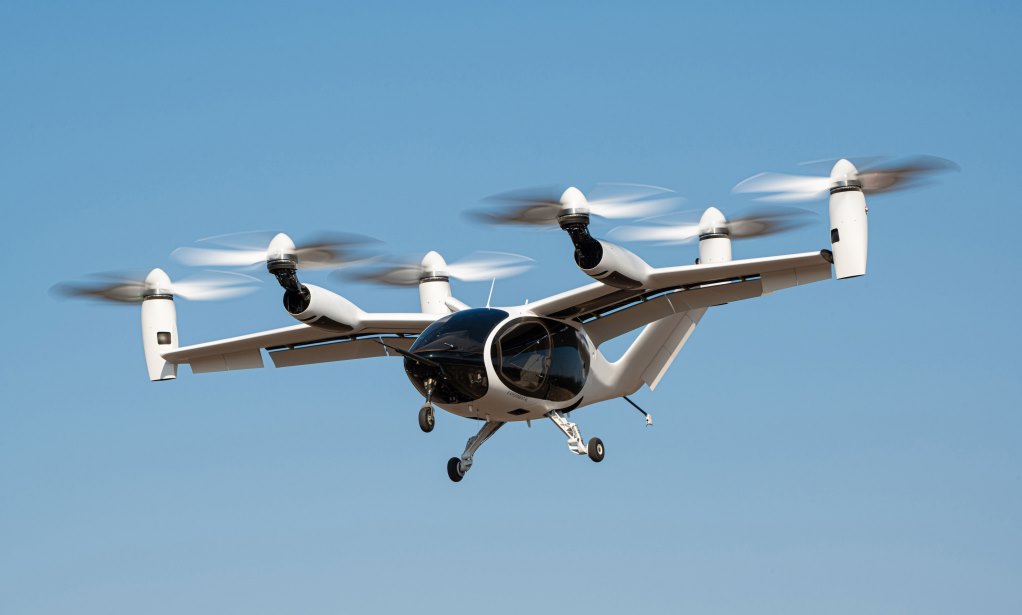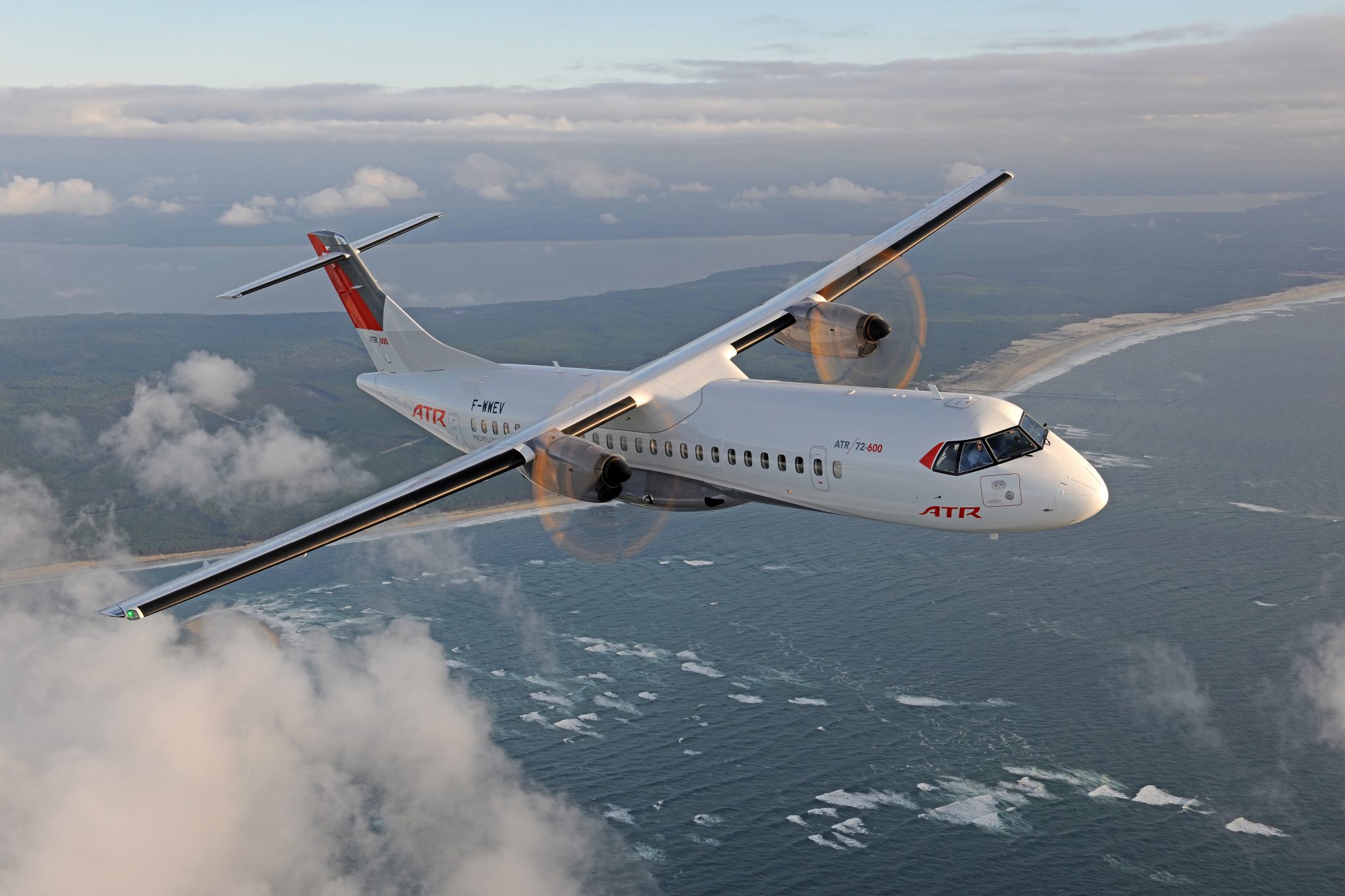Leeham News and Analysis
There's more to real news than a news release.
Bjorn’s Corner: Sustainable Air Transport. Part 52. What can be done before 2050?
January 6, 2023, ©. Leeham News: Since we started this series about our Air Transports and their pollution, we have covered different schemes of reduction such as improved Air Traffic Control (ATC), change to electric aircraft (battery/hybrids) or hydrogen as fuel, and lastly, eVTOLs.
Of these changes, only ATC can have a short-term effect, but it’s a slow mover for organizational reasons.
Changes to how our aircraft are propelled are, unfortunately, longer-term improvements, as we see in an example below.
But we need fast change. We’ve had the craziest of summer and now winter in Europe, where I live, and it’s not a one-time variation. And this is not confined to Europe; the weather change is faster than we thought, and it’s worldwide.
So what can we do?
Universal Hydrogen’s ATR72 Project
Subscription required
By Bjorn Fehrm
Dec. 22, 2022, © Leeham News: Last week, we wrote about Universal Hydrogen’s (UH2) plans to fly a hydrogen-fueled demonstrator aircraft in early 2023, followed by a certified conversion kit for an ATR72 airliner mid-decade.
The plans for the ATR72 hydrogen conversion are at an advanced state. As the first publication, we can describe the overall design and the technical details. The ATR72 implementation brings improvements in several areas compared with what’s been revealed before.
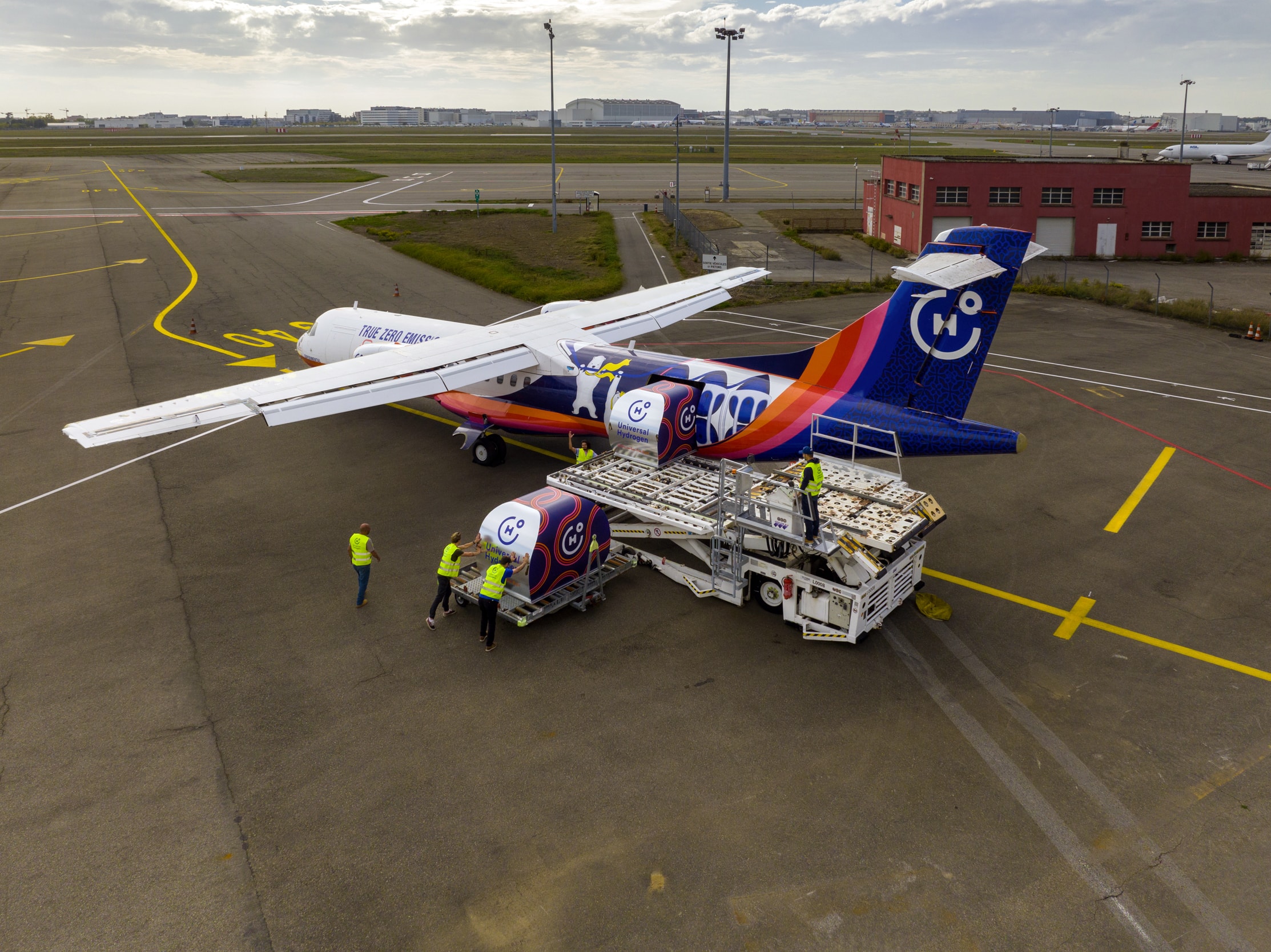
Figure 1. Hydrogen tank modules are loaded onto an ATR 72 using standard freight handling equipment. Source: Universal Hydrogen.
Summary:
- The target ATR72 conversion improves hydrogen capacity and handling compared to earlier concepts.
- The influence on the ATR seating capacity is reduced due to more efficient packaging on the aircraft.
Universal Hydrogen could be first with Hydrogen Airliner
Subscription required
By Scott Hamilton and Bjorn Fehrm
Dec. 15, 2022, © Leeham News: Universal Hydrogen (UH2) is perhaps weeks away from its first flight of a demonstrator that equips a De Havilland Canada Dash 8-300 with tanks of hydrogen and a fuel cell electric propulsion unit. The project shall prove the feasibility of hydrogen-fueled airliners.
The first flight’s date hasn’t been firmly set, but officials at UH2 told LNA it should be soon. Taxi tests of the aircraft will begin in the coming weeks. The flight will occur at Moses Lake in Central Washington State.
Universal Hydrogen supplies its hydrogen to the aircraft in prefilled barrel-sized tanks, called capsules, to avoid the lengthy and costly investment in storing and filling infrastructure at airports. The proof of concept is with a Dash 8, followed by a complete hydrogen conversion kit for an ATR-72 turboprop airliner.

Figure 1. Hydrogen tank pallets are loaded onto an ATR 72 by standard cargo loaders. Source: Universal Hydrogen.
Summary:
- The core business of Universal Hydrogen is the prefilled hydrogen tanks that load onto the aircraft in pallets.
- Universal Hydrogen builds the complete hydrogen fuel and propulsion system to prove and bootstrap the concept of hydrogen airliners.
Airbus Summit Showcases Sustainability Status
By Bjorn Fehrm
December 7, 2022, © Leeham News was at Airbus Summit: Airbus briefed media and influences on its Sustainability progress during briefings in Toulouse and Munich last week. Here is an update on where Airbus is with its programs.
The overall impression is of tangible progress on techno brick research and development and echo systems programs like SAF production and hydrogen supply and ground infrastructure.
At the summit, key customers like Airlines, technology partners, and leasing companies were part of the panels, giving the customer perspective and the view of the passengers.
HOTR: United likely can cancel A350 order with little penalty
By the Leeham News Team
Dec. 5, 2022, © Leeham News: United Airlines appears on the cusp of ordering as many as 100 Boeing 787s, multiple news outlets report. Airbus hopes to sell more A350s to United to supplement the 45 already on order.
 But these 45 A350-900s are an order that has been viewed as iffy since United merged with Continental Airlines. Although ostensibly United was the surviving carrier, in reality, Continental was the survivor. The latter’s management displaced United’s old management. The livery retained was Continental’s.
But these 45 A350-900s are an order that has been viewed as iffy since United merged with Continental Airlines. Although ostensibly United was the surviving carrier, in reality, Continental was the survivor. The latter’s management displaced United’s old management. The livery retained was Continental’s.
The A350 order was placed by the old United management. The new executives added to the United order, but Continental had been an exclusive buyer of Boeing aircraft and executives were predisposed toward Boeing. UAL now has 120 Airbus A321XLRs on order. But this came after Boeing couldn’t decide whether to launch the New Midmarket Airplane after years of dithering. With a large fleet of Boeing 757s aging and in need of eventual replacement, United could no longer wait for Boeing to make a decision.
United already has a large fleet of 787s. Adding the A350s will provide an extra range that the 787s don’t have. But how many routes need the extra range to justify another fleet type?
LNA believes that United can cancel the orders for 45 A350s at little cost. The deposits may easily be applied to orders for more A321s, but cancellation penalties are believed to be de minimis. Based on 2018 list prices—the last ones published by Airbus—United could get about 110 more A321s in exchange for the A350s. (The number is probably a little less since the XLRs are more expensive than the A321neo “standard;” the list price makes no distinction between the sub-types.)
LNA expects United to cancel the A350s sooner than later and add to the A321 order.
Bjorn’s Corner: Sustainable Air Transport. Part 42. eVTOL range.
October 21, 2022, ©. Leeham News: This is a summary of the article Part 42P, eVTOL range. It discusses the range of a typical eVTOL flying a feeder mission from a city center to an airport.
The 42P article details the energy consumption for each stage in the mission and the range we fly. We summarize the results here.
ICAO report outlines steps to reduce aviation’s carbon output
Subscription Required
By BRYAN CORLISS
Sept. 5, 2022, © Leeham News: Saying the climate crisis now is at “Code Red for Humanity,” the UN-sponsored International Civil Aviation Organization is calling on nations and companies to increase their investments toward techniques and technologies that can reduce aviation’s climate impact.
 It won’t be easy, ICAO said in its Environmental Report 2022, which was released in July.
It won’t be easy, ICAO said in its Environmental Report 2022, which was released in July.
The aviation industry will be one of the hardest to ween off carbon-based forms of energy, a recent report concluded.
“Scaling the production of sustainable aviation fuels (SAF) and other energy sources requires substantial investment and financial support from both fuel suppliers and governments on top of what would be needed for associated infrastructural changes,” the report said. “This is particularly important, considering that the drop-in fuels have the largest potential to reduce the overall emission from international aviation by 2050.”
Read more
Airbus prepares contrail flight tests
July 21, 2022, © Leeham News at Farnborough Air Show: Airbus is converting two Arcus high-altitude gliders to check if the contrails produced by hydrogen combustion engines create an environmental problem.
The background is that experts can’t agree if the water vapor produced by hydrogen combustion (which merges hydrogen with oxygen to water) can cause global warming or not. The only way to resolve the dispute and gain fundamental knowledge is to fly and measure.
Bjorn’s Corner: Sustainable Air Transport. Part 26. VTOLs.
July 1, 2022, ©. Leeham News: Last week, we finished our discussions around Fuel Cell-based airliners using hydrogen as fuel.
We could see the technology has true zero emissions, but the maturity of the many parts needed (hydrogen tank and fuel system, multi-MegaWatt class aeronautical fuel cells, motors, and controls) are not there. We are in the crawling before walk stage with sub-MegaWatt systems to make their first flights over the next years.
Another area claiming Green credentials is the VTOL space. Because these are based on electric technology, VTOLs are claimed as environmentally friendly and a good way to transport people.
We will analyze this industry and its claims of being an efficient, environmentally friendly way of transportation.
Bjorn’s Corner: Sustainable Air Transport. Part 25. High Temperature Fuel Cell-based 70-seat airliner
June 24, 2022, ©. Leeham News: Last week, we discussed how a High Temperature Fuel Cell (HTFC) could improve the installation of a propulsion system in our 70-seat airliner. We now add this variant to the systems we examined for installation effects and efficiencies.
The deeper discussion is in the sister article, Part 25P. High Temperature Fuel Cell-based 70-seat airliner.




